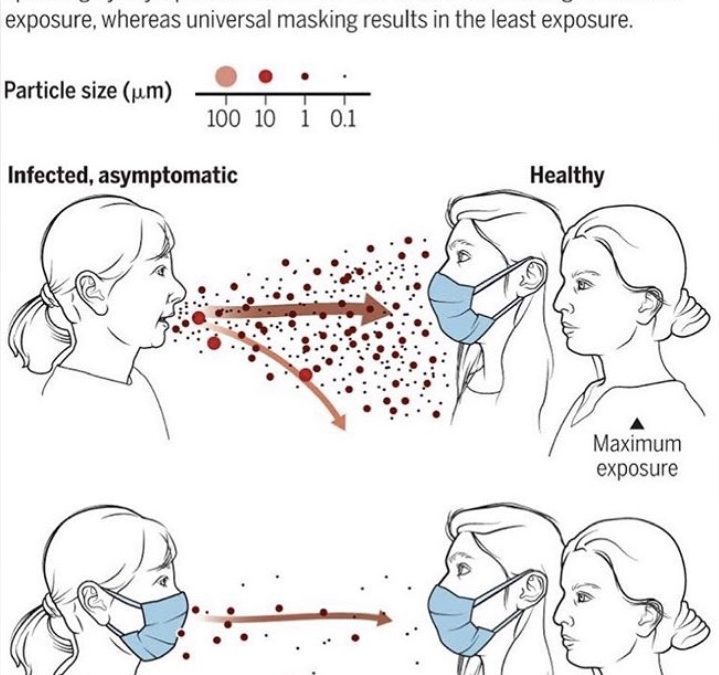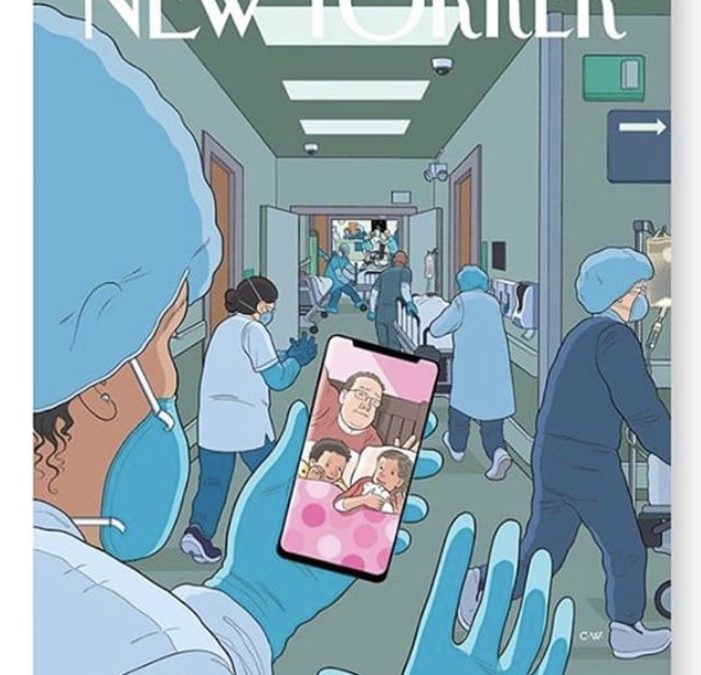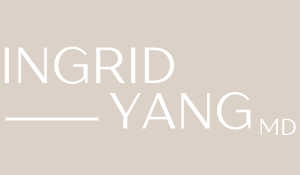by Ingrid Yang | Nov 18, 2020 | Uncategorized
For those of you that know me well, you know I’m an avid Grey’s Anatomy fan. Not for the medicine – that is usually quite inaccurate. But for the fun drama, and the very deep life lessons. But the first episode of this season (Season 17) was extremely compelling and...
by Ingrid Yang | Sep 6, 2020 | Uncategorized
Do you wear a face covering when out in public spaces? Thank you. But to add another layer of complexity, the type of face covering you wear matters. A recent study from Duke University (my alma mater!) demonstrated that bandanas and neck gaiters may actually be...

by Ingrid Yang | Jul 2, 2020 | Uncategorized
Warning! Math coming your way! I wanted to dispel a common claim that masks disturb breathing. A coronavirus particle is 120 nanometers (nm) in diameter. Oxygen is 0.120 nm and Carbon Dioxide is 0.232 nm. To interpret these numbers very clearly, oxygen is 1000 times...

by Ingrid Yang | Apr 16, 2020 | Uncategorized
“The world is a dangerous place to live; not because of the people who are evil, but because of the people who don’t do anything about it.” – Albert Einstein Growing up, I’d say I had an average amount of empathy. I was a sensitive child, but as...


